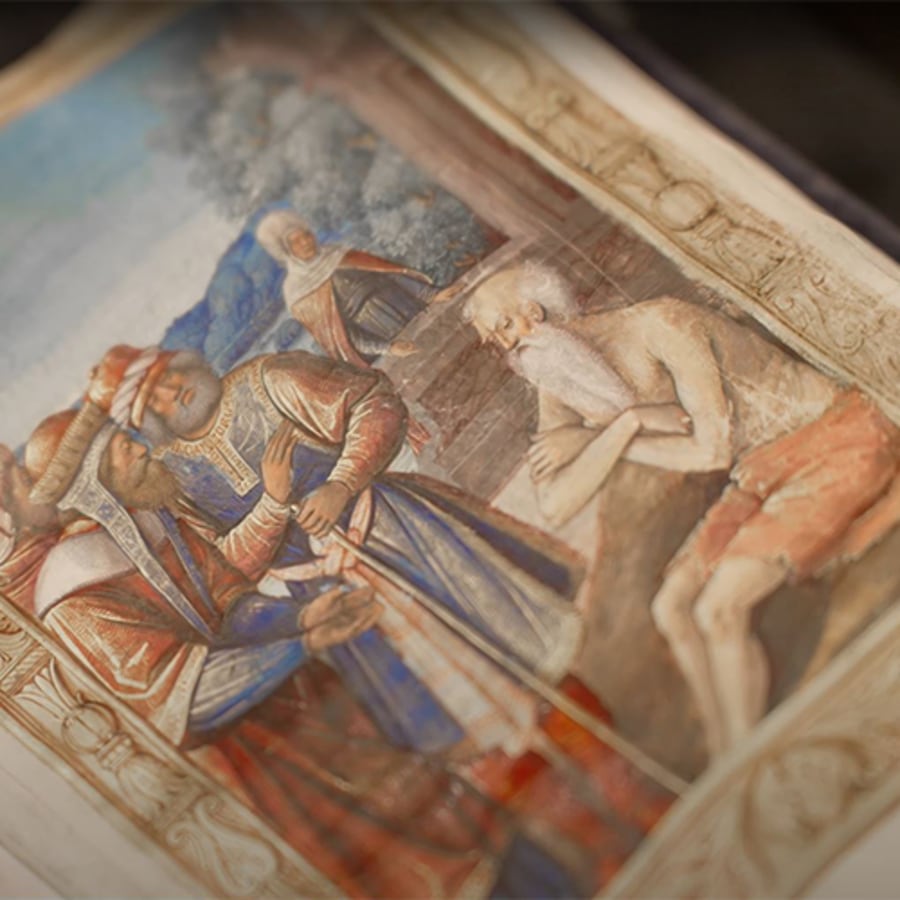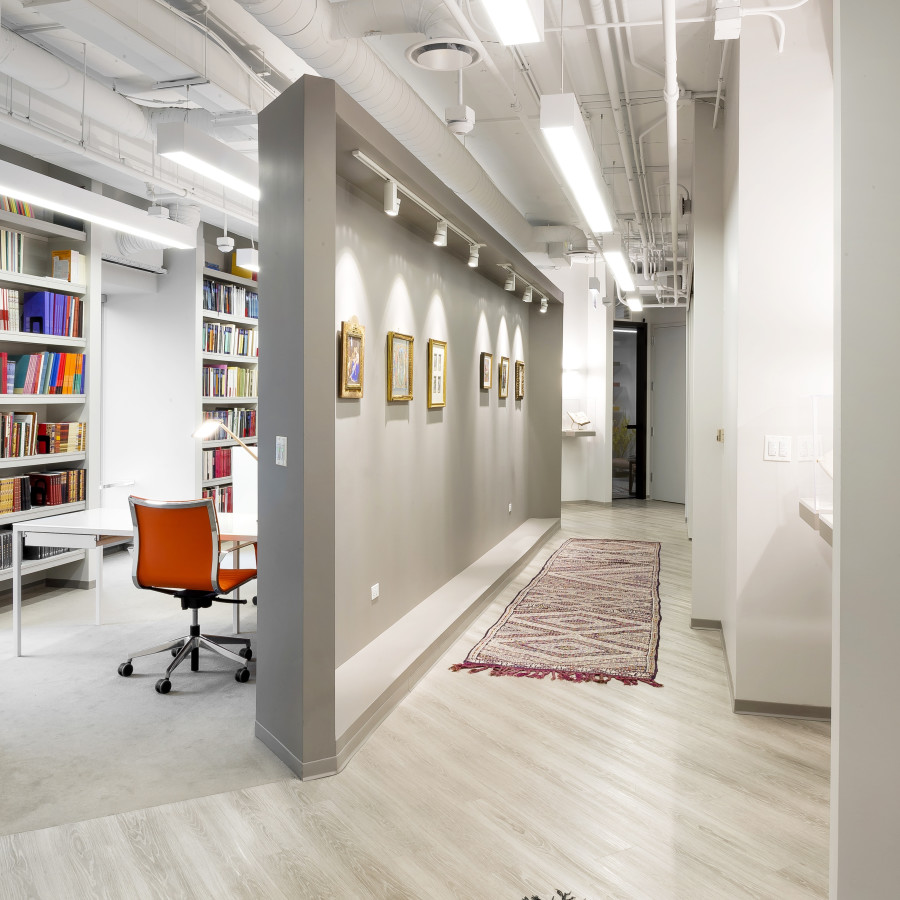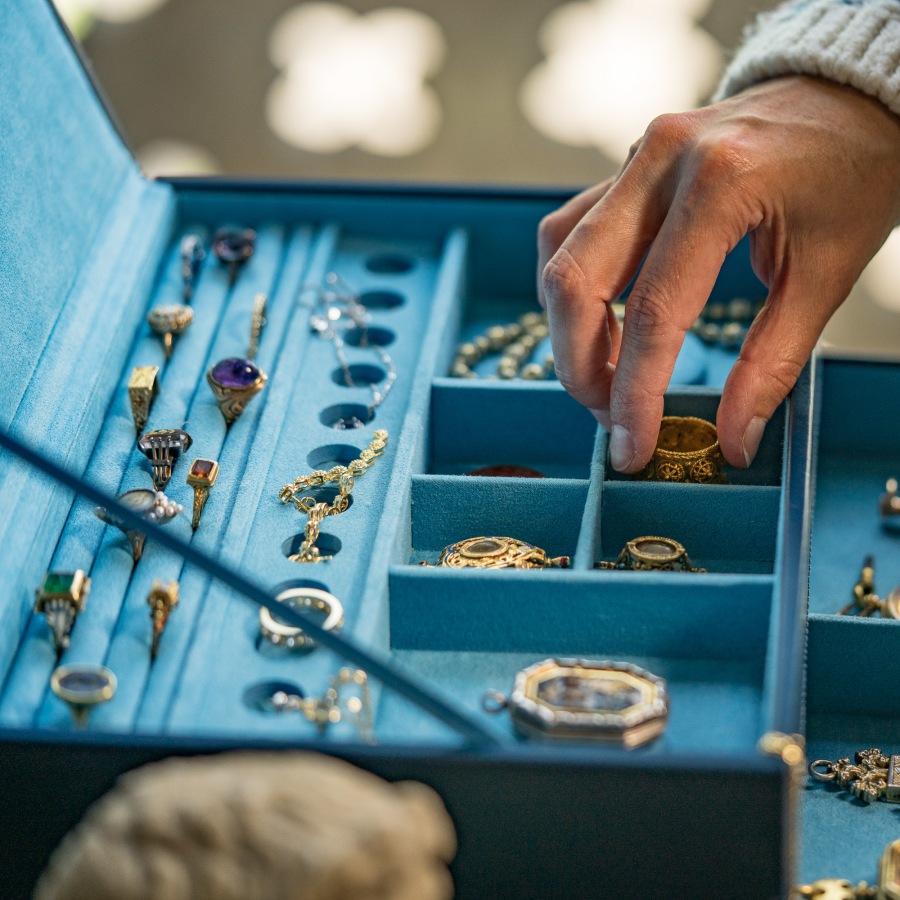News, Fairs & Exhibitions
-
 Events
EventsJewels on Paper: Secrets of Creation
September 18 - October 31, 2025 Read more -
 Events
EventsPrecious Grotesqueries: The Jewels of William Harper
October 23 - December 12, 2025 Read more -
 Video entries
Video entriesHow to Look at: Illuminated Manuscripts
September 10, 2024 Sandra Hindman from mediaeval and renaissance book specialist Les Enluminures talks about two exquisite manuscripts from the 15th and 16th centuries, which they are presenting as part of the Frieze... Read more -
 Video entries
Video entriesA World of Rare Medieval and Renaissance Manuscripts: Adam Weinberger interviews Sandra Hindman
April 29, 2025 Adam Weinberger , an ABAA rare book dealer, interviews world-renowned medieval and Renaissance manuscript expert Dr. Sandra Hindman on his YouTube channel. Tune in to explore the world of illuminated... Read more -
 Events
EventsSandra Hindman named "Chevalière de l’Ordre des Arts et des Lettres”
January 1, 2024 Read more -
 Pages
PagesAbout Us
Les Enluminures offers for sale exceptionally rare illuminated manuscripts, miniatures and works of art from the Middle Ages and Renaissance Read more -

Manuscripts
Read more -

Miniatures
Read more -

Jewelry
Read more